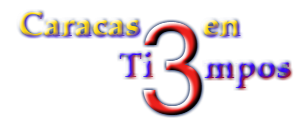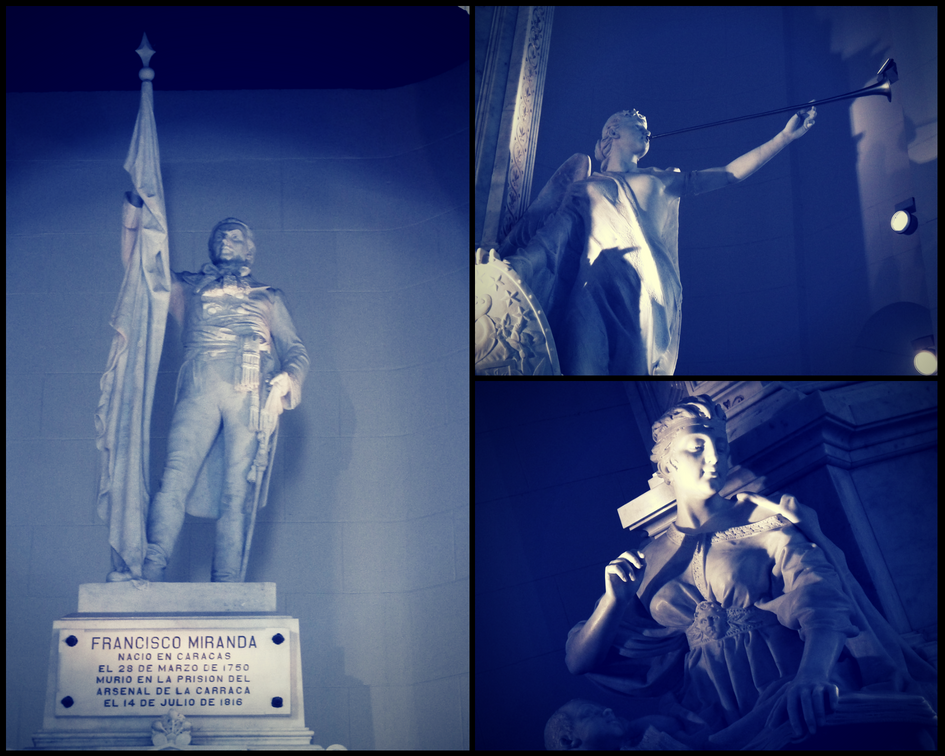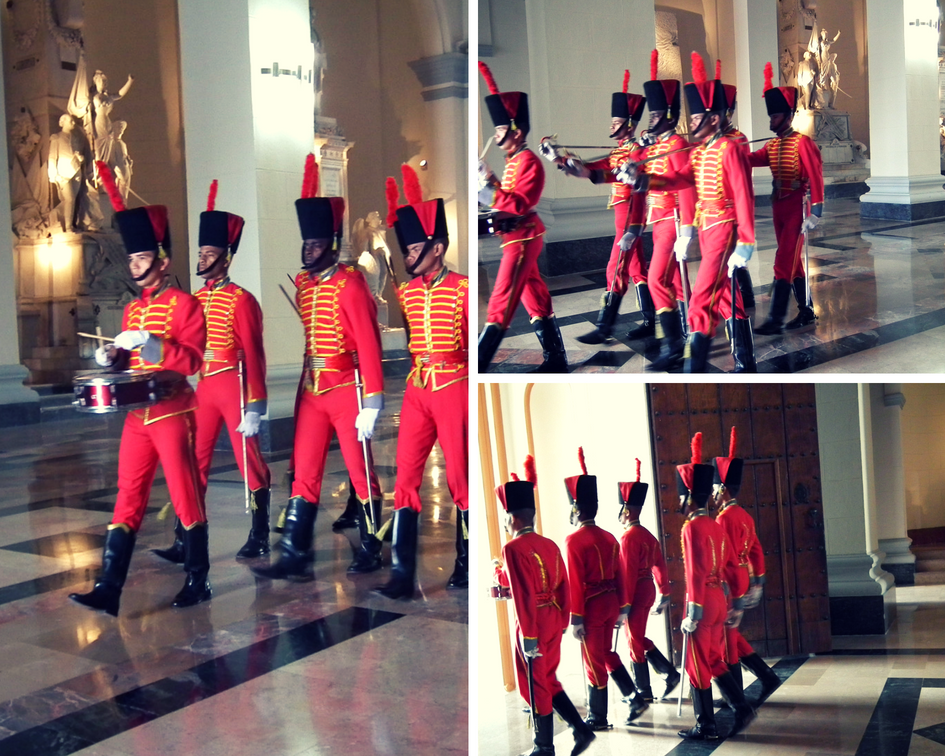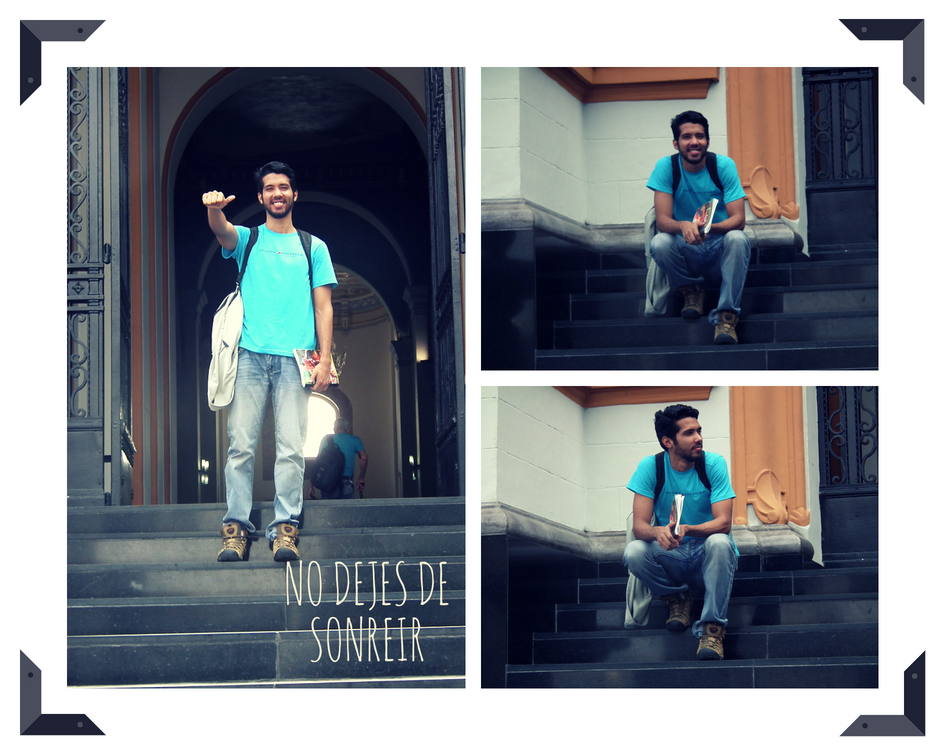Caracas in 3 times: "National Pantheon" Venezuela
The word History has more than one definition, but in its origin, it is made up with the facts that constructed our present, which left their mark in the past, changing the course of humanity's future. It shows us what happened, while keeping the facts alive, and thus preserving them from the pass of time.
In the time of Antonio Guzmán Blanco's presidency, there were many legal reforms in the country, and the construction of many parisian sructures that decorate today's Great Caracas.
Guzmán Blanco's government is structured in several periods, however it was during his tenure as Constitutional President (1873-1877) that this "caraqueño", a learned man, good organizer, progressive, illustrious and with great historic sense, led many changes in the country.
One of them was when he repurposed the structure of the former “Holy Trinity” church, into what is knows today as the “National Pantheon”.

Iglesia Santísima Trinidad / Source

We have been taught since childhood, both at school and at home, that in the XVI century Spain was the Universal Estate. Also, the academic texts highlight that Venezuela was freed by resourceful men that belonged to the Caracas chapter, aid by the provincial gentry.
The “National Panthenon” became a symbolic monument where the remains of these national heroes rest.
This is how this marvellous monument became part of our history and has been part of our culture for more than 144 years. Its majestic structure symbolizes the strength of great heroes.
The main artist in charge of this monument was Tito Salas. He managed the construction of the monuments in representation of each heroe.
Afterwards, during Juan Vicente Gómez' presidency, some renovations were made to this building, which were entrusted to Alejandro Chataing in 1911. Later in 1929, Manuel Mujica Millán, led another architectural project. Then, in 2002, the “National Pantheon” was declared National Monument.
The first statues to be brought here were those of Francisco Rodríguez del Toro e Ibarra, Ezequiel Zamora, José Gregorio Monagas, Manuel Ezequiel Bruzual and Juan Crisóstomo Falcón.

The remains of our independence hero Simón Bolívar were brought on October 28th, 1876. Today they rest in the “Liberator Mausoleum” built by Farruco Sesto, Lucas Pou, Gilberto Rodríguez and Orlando Martínez Santana. They are located in the posterior of the “National Pantheon”, a unique space, where they are surrounded by an honour guard.
This re-arrangement was done in 2013, after the remains of Simón Bolívar were exhumed at the request of the then president, Hugo Chávez, who held the theory that the Liberator had been assassinated.
Nowadays, the “Liberator Mausoleum” and the “National Pantheon” building are connected by a tunnel that flows into this great chamber that pays tribute to this independence hero.
This was built where the Liberator's sarcophagus and the Terenani monument were originally located. A reinforced concrete tunnel was constructed, which was then spliced with glass walls.

I'm amazed when I hear the sound of the drum and the guards march through the temple, where you can feel the respect for our heroes, honoured in this pantheon.

This picture carries me to the time of Simon Bolivar, and the soldiers marching to battle, where they fought till death to free Venezuela from the Spanish rule.

I hope you have the chance to visit the “National Panteon” and share this unique experience. Come to Caracas and make a great adventure of your trip!


You can see the first post of this documentary series, which makes the project Caracas in 3 times, "Waraira Repano National Park (Ávila)".




